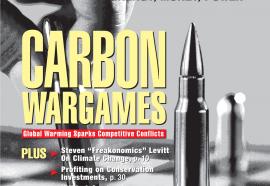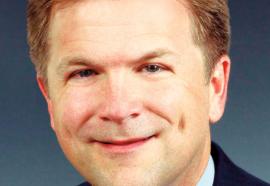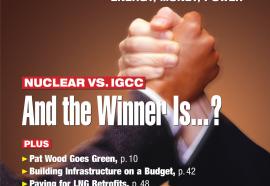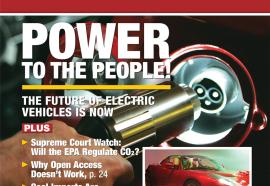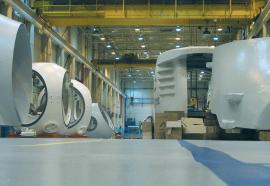2025: A Murky Mix
Which power technologies will dominate?
U.S. power-plant construction tends to follow fads. Identifying these trends is easier than determining the primary drivers and issues that contributed to them. Understanding how these drivers affect power-planning decisions can help utilities predict generation-construction trends in the future and avoid getting caught in a group-think trap.


